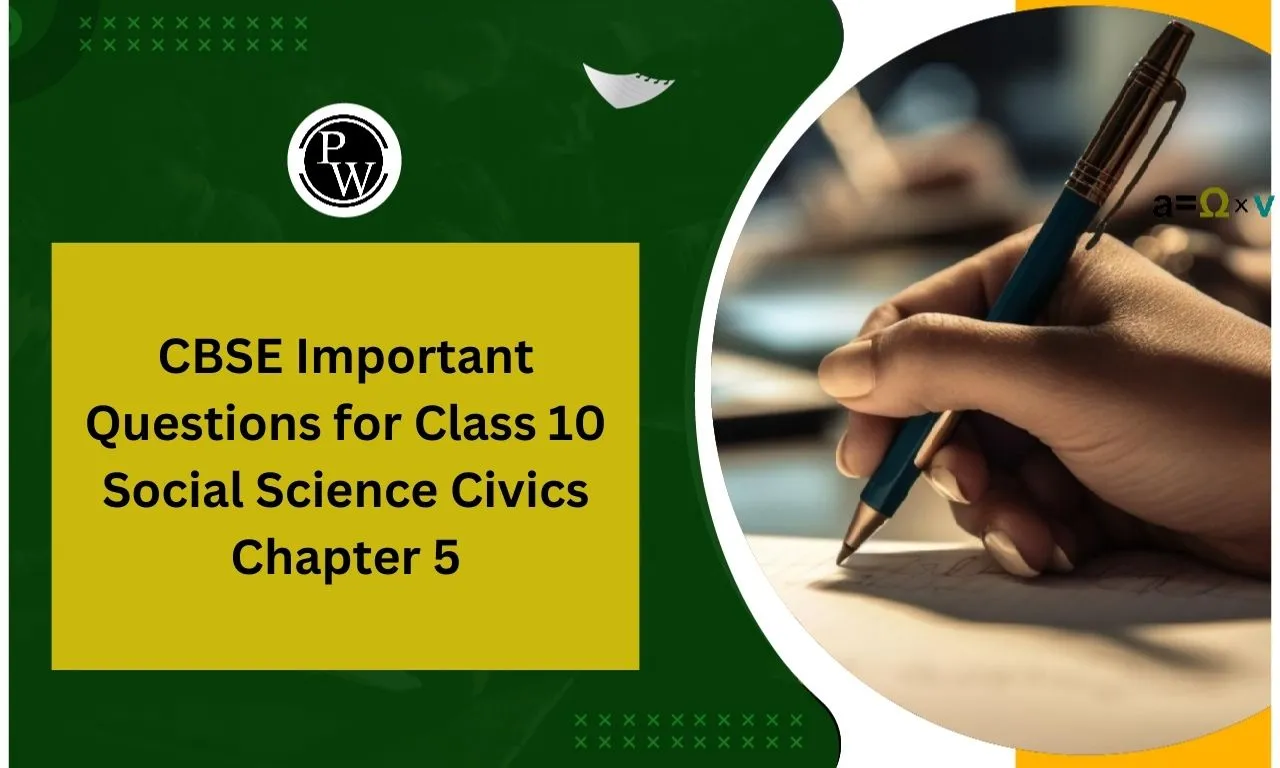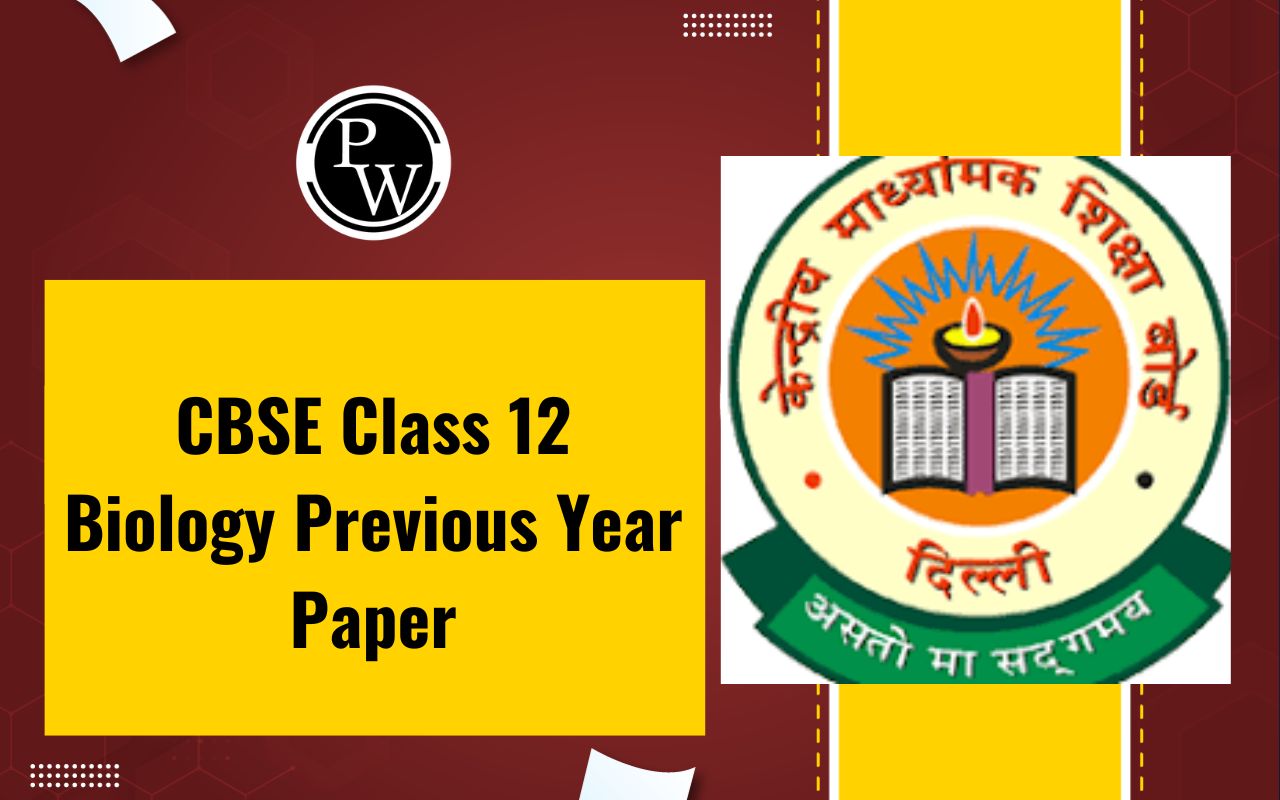
The four stages of a fly's life cycle are the egg, larva, pupa, and adult. Flies effectively have two separate lives and can successfully adjust to environmental changes because larval stages, which are always physically distinct from adults, inhabit different environments.
These life cycle changes not only enable the flies to avoid predators but also allow them to utilise different nutrients, prevent resource and habitat competition between the larvae and adults, and greatly reduce the risk of extinction. In flies, the larvae and adults do not just display morphological differences but are also physiologically very different. In this article, we will discuss these differences, the advantages of the life cycle, and its different stages in detail.Life Cycle and Advantages
A life cycle is the progression of a living thing through its many stages. The life cycle is divided into three phases: egg or seed, juvenile, and adult. Life cycles can be simple, which means that changes are less pronounced, or complex, which means that the organism encounters major morphological, behavioral, or environmental changes. Every creature has a certain life cycle and lifespan, which can fluctuate depending on several intrinsic and environmental variables. Some of the advantages of the life cycle are listed below.- As individuals die and are replaced by new ones, the species is guaranteed survival.
- An organism goes through physical changes throughout its life cycle that enable it to mature and give birth to new organisms.
- These changes can be divided into phases of development since they often occur within a species.
- The advantages of supplying food or promoting leisure and other cultural activities are the most well-known.
- Because adults and juveniles occupy separate niches, there is less rivalry between them.
- Exploitation is restricted to places with seasonal abundance.
- Avoiding or escaping hostile situations (developing over winter or completing metamorphosis before a bond dries).
- Due to the possibility of delaying the development of sensitive components until adulthood, contemporary insect larvae lack wings.
- In unfavorable weather conditions, the larvae can avoid metamorphosis and remain dormant till the conditions improve.
Different Life Cycles
The Life Cycle of Mammals
The four major stages of the mammalian life cycle are as follows:- The Embryonic stage, or the fertilised egg.
- The Young depend on one or both of their parents throughout the infant stage.
- The Adolescent stage is when an animal picks up characteristics from its parents.
- The stage of Adulthood is typically denoted by the capacity to reproduce with the opposite sex.
The Life cycle of Insects
Insects also follows a four-stage life cycle (complete metamorphosis).- The four developmental stages are egg, larva, pupa, and adult.
- Much of the body is destroyed and rebuilt during the pupa phase, resulting in a completely different adult insect from the larva in terms of appearance and potential diet.
The Life cycle of Humans
The Human life cycle can be divided into- The pre-birth or fertilised egg stage, during which the embryo develops into a fetus.
- Infant and baby are the two phases of infancy, respectively.
- Three categories can be used to classify childhood: Toddler or early childhood, middle, and late childhood.
- Adolescence, during when puberty occurs.
- Adulthood may be divided into five phases, including Early adulthood, middle age, adulthood with maturity, older adulthood, and senior adulthood are the next life stages.
Fly Life Cycle
A fly's life cycle is relatively short. They typically survive for 15 to 30 days. They go through four life cycle phases, including fly egg, larva, pupa, and adult, much like other insects do.Eggs
- The fly's life cycle begins with the egg.
- After mating, fly females lay eggs, which fly males then fertilise.
- In warm, moist environments, fly eggs are frequently placed on decomposing organic waste, such as food leftovers, garbage, carrion, or human or animal feces.
- They are generally white, elongated, and 0.05 inches long. Fly eggs molt between eight to twenty hours.
- After reaching maturity, which usually happens around the 12th day, the female fly may deposit 500 eggs in her lifetime in batches of between 75 and 150 eggs.
Larva
- The larva, sometimes called the maggot, is the second stage of the fly life cycle.
- Fly larvae resemble worms and are light in color.
- They remain near their food source and thrive when feeding on dead animals, dung, and trash.
- To develop and start their molting process, maggots must feed.
- In essence, this is how insects shed their exoskeleton or skin.
- This occurs once the new skeleton beneath has fully formed.
- Before the fly moves on to the next stage of its life cycle, it goes through three cycles of molting.
Pupa
- The larva transitions into the pupal stage following its final molt.
- Flies are often inert at this stage and do not move or eat.
- They grow wings, antennae, legs, and a cocoon-like casing.
- Flies are completely developed and in their adult form as they emerge from their shell.
Related Link -
Adult
- The adult stage signifies the conclusion of the insect's life cycle.
- When the pupa has finished its metamorphosis and change, it emerges from the cocoon as an adult insect.
- In addition to its body, the adult bug will have wings, antennae, legs, eyes, and hair.
- Finding a partner and producing the future generation of the species is one of the adult's main duties.
Fly Life Cycle <span style=
1. What are the four main stages of the fly life cycle?
Eggs are laid by female flies, which transform into larvae, followed by pupa and finally, the adult fly emerges from the cocoon.
2. How are larvae of a fly different from pupa?
In the larval stage, the flies consume a lot of food, travel a lot and grow in size. In the pupa stage, all movement stops, the fly becomes dormant, and no food intake occurs. This is the preparatory stage for cocoon formation.
3. What is the necessity for having different life cycles?
The flies have limited food sources as an adult. If the larvae compete with the adult for food, there will be unnecessary competition and food shortage. By having different habitats and food sources, the larvae and adults avoid competition.
4. How many eggs are typically laid by female flies during the mating season?
The mating season of flies usually lasts around 120 days, during which a female fly typically lays 50-75 eggs daily. Therefore, 500 eggs are laid down during the entire mating season.
🔥 Trending Blogs
Talk to a counsellorHave doubts? Our support team will be happy to assist you!

Check out these Related Articles
Free Learning Resources
PW Books
Notes (Class 10-12)
PW Study Materials
Notes (Class 6-9)
Ncert Solutions
Govt Exams
Class 6th to 12th Online Courses
Govt Job Exams Courses
UPSC Coaching
Defence Exam Coaching
Gate Exam Coaching
Other Exams
Know about Physics Wallah
Physics Wallah is an Indian edtech platform that provides accessible & comprehensive learning experiences to students from Class 6th to postgraduate level. We also provide extensive NCERT solutions, sample paper, NEET, JEE Mains, BITSAT previous year papers & more such resources to students. Physics Wallah also caters to over 3.5 million registered students and over 78 lakh+ Youtube subscribers with 4.8 rating on its app.
We Stand Out because
We provide students with intensive courses with India’s qualified & experienced faculties & mentors. PW strives to make the learning experience comprehensive and accessible for students of all sections of society. We believe in empowering every single student who couldn't dream of a good career in engineering and medical field earlier.
Our Key Focus Areas
Physics Wallah's main focus is to make the learning experience as economical as possible for all students. With our affordable courses like Lakshya, Udaan and Arjuna and many others, we have been able to provide a platform for lakhs of aspirants. From providing Chemistry, Maths, Physics formula to giving e-books of eminent authors like RD Sharma, RS Aggarwal and Lakhmir Singh, PW focuses on every single student's need for preparation.
What Makes Us Different
Physics Wallah strives to develop a comprehensive pedagogical structure for students, where they get a state-of-the-art learning experience with study material and resources. Apart from catering students preparing for JEE Mains and NEET, PW also provides study material for each state board like Uttar Pradesh, Bihar, and others
Copyright © 2025 Physicswallah Limited All rights reserved.
Get App









